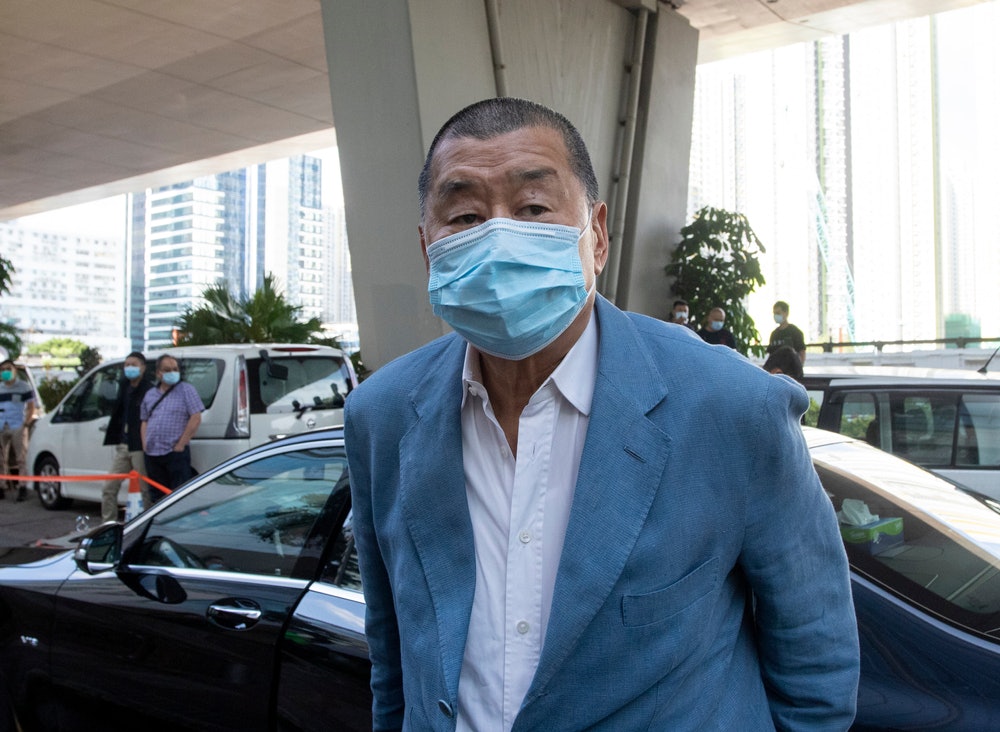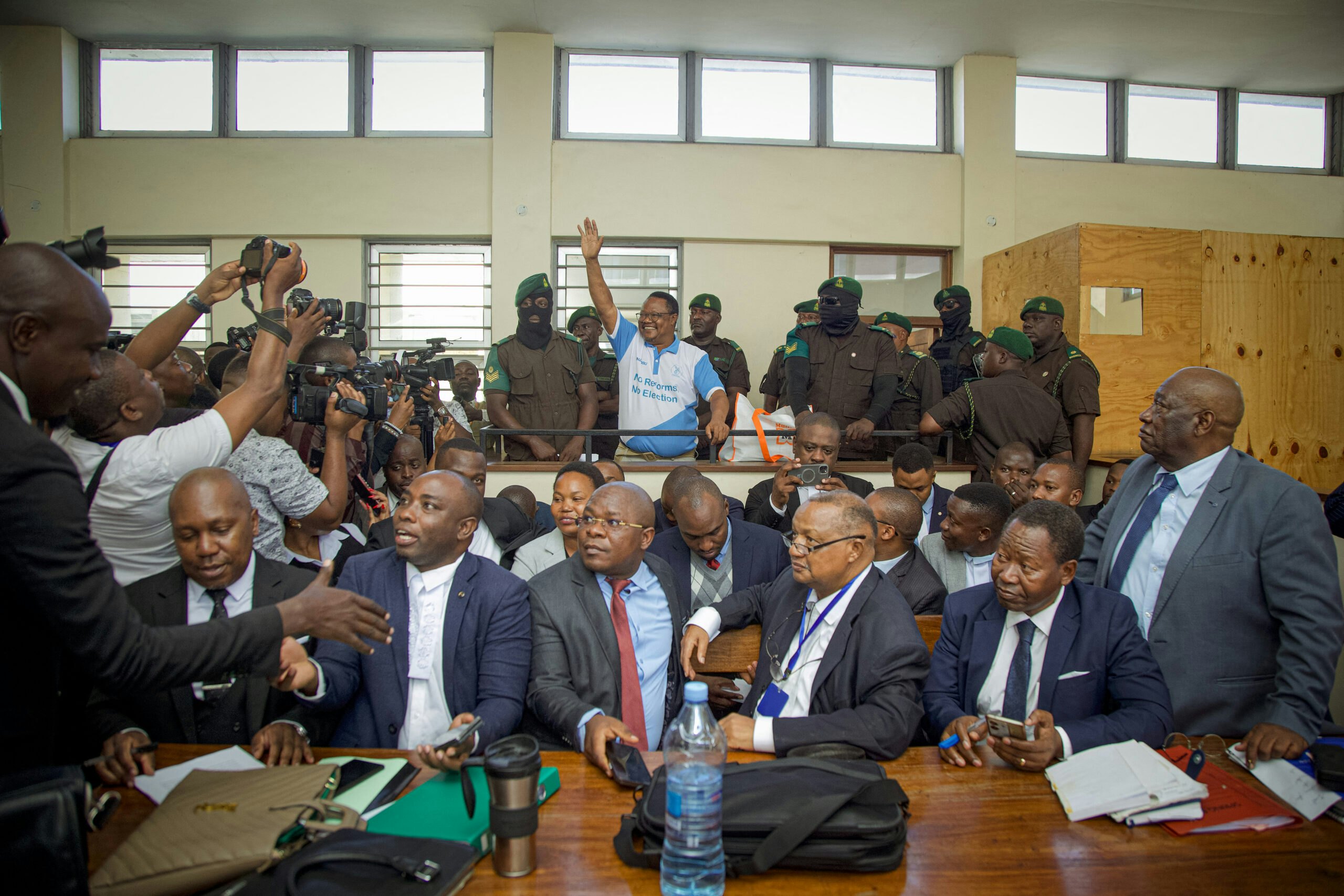Millions of Afghans witnessed a colorful display of democracy in action Saturday as voters flocked to the polls to vote in historic presidential...
Millions of Afghans witnessed a colorful display of democracy in action Saturday as voters flocked to the polls to vote in historic presidential elections. Twitter and Facebook are brimming with images of Afghan women emerging from polling centers cloaked in blue burqas, some wearing headscarves, others carrying toddlers – but all holding up fingers stained with purple election ink, a gesture of defiance against Taliban intimidation and a return to past oppression.
The Afghan Women’s Project supports widespread efforts of Afghan women taking a greater role in deciding the future of the country. According to initial reports by Afghanistan’s Independent Election Commission (IEC), voter turnout exceeded expectations. Out of over 7 million voters, an estimated 35 percent of women participated, compared to 65 percent of men.
Media is reporting that women lined up nationwide to cast their ballots. At one Kabul a polling station, a 21 year-old, burqa-clad mother whispered to a New York Times reporter that she was voting for the first time for her children and for women’s rights.“ I believe in the right of women to take part just as men do to get themselves educated and to work,” she said.
Al Jazeera interviewed a 40-year-old housewife in line at a Kabul school. “I have suffered so much from the fighting, and I want prosperity and security in Afghanistan. That is why I have come here to cast my vote,” she told the reporter. “I hope that the votes we are casting will be counted and that there will be no fraud in this election.”
ISAF insiders say that overall, election day security was better than expected despite scattered insurgent attacks across the country aimed at derailing elections. This week’s deadly Khost attack that killed AP photographer Anja Niedringhaus and wounded AP bureau chief Kathy Gannon failed to deter voters from going to the polls.
I heard from one Kabul-based female foreign correspondent with whom I worked during my two years at NATO’s ISAF Public Affairs Headquarters, and she is guardedly optimistic about the growing female influence in the political process.
“I think it is a clear sign of progress to see women in cities turn out in crowds to vote, express their opinions and hopes for the future. That said, we have little visibility as to the numbers and what happened in districts, so it is early to say how significant for the country as a whole,” she said.
“Ultimately, it is important not to forget that these new freedoms are still vulnerable to attack and in some areas have already been lost. Let’s hope seeing women turn out in force in the cities serves as a reminder that what has been achieved is worth fighting for.”
Another former colleague, BBC Kabul correspondent Karen Allen who spent the day at polling stations in the north, tells me, “It’s been incredible to witness so many Afghans — and women in particular — turning up to vote. I’ve covered many elections in the past, but this one has had a real sense of history about it, and those who cast their vote did so in an air of quiet determination.”
Afghan women activists like Judge Najila Ayubi, Deputy Country Manager for The Asia Foundation in Kabul and a former commissioner of the Afghan Independent Election Commission, shared her firsthand election day observations with me.
“An 80-year-old sick woman come to vote, and I was asking about her feeling of participating in the election,” Judge Ayubi said. “The woman said, ‘I know I am going to die, but I do vote for my children and grandchildren, prosperity, and a better future.’”
Ayubi describes a massive turnout of Afghans at polling centers voting to say no to violence. Women were playing key roles in security as body searchers, as election commission workers, observers, media, candidates, and voters.
The long lines of women at polling stations, Ayubi says, evokes a sense of pride in the progress women have made in the past twelve years since Taliban control. According to a March report by “Afghanistan Watch,” women are taking their places in security, government, education, and civil society.
Currently, the government cabinet has 26 ministers, three of whom are women. Women participate in Parliament with 67 seats out of 249 of the legislature dedicated to women. In the senate, 27 of 102 seats are dedicated to women. The Afghan High Peace Council counts nine women among its members. On the provincial council level, women occupy 124 of 240 seats. In the country’s legal system, 186 women work in the courts, where 500 women are part of prosecutor’s offices across the country.
Since the collapse of the Taliban girls have a stronger in schools and universities. The Ministry of Education statistics show that of the 10.5 million students in 6,000 Afghan schools, 4.5 million students are female.
In the Afghan defense ministry, around a thousand women are active in civilian positions such as services and procurement, and medicine. Women support the military in night search operations, and 100 women have been recruited as Afghan commandos. Oxfam reports that one percent of Afghan National Police are female. The ANP allocated 1346 positions for female offices, though less than half of the quota has been filled.
To protect and preserve fragile gains in women’s rights, Afghanistan will need continued international support. The Afghan Women’s Project applauds the courage of Afghan women who cast their ballots in a landmark election and displayed their ink-stained fingers as a symbol of democracy.
It could take up to six weeks for all election results to come in from across the country. If no candidate wins 50 percent of the vote, a runoff election will likely take place, with a final outcome possible before the holy month of Ramadan begins in early July.






























